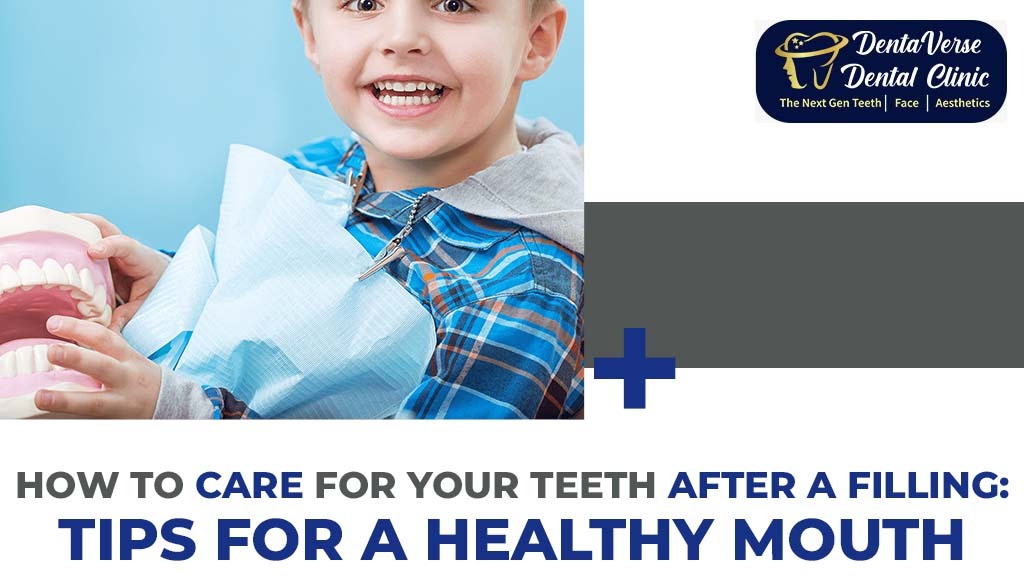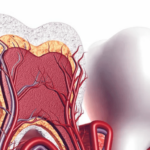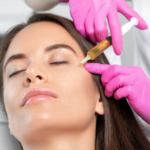
Maintaining good oral health is essential, and part of that is taking care of your teeth after getting a filling. Fillings are typically used to repair cavities or other types of tooth damage. After getting a filling, it’s crucial to follow some tips to ensure the filling sets correctly, and your teeth remain healthy. Here are some tips for a healthy mouth after a filling.
- Wait to eat or drink anything for at least one hour after the filling
After getting a filling, it’s best to wait for at least one hour before eating or drinking anything. This will give the filling enough time to set correctly, so it does not get damaged by the pressure of chewing or biting. If you eat or drink anything immediately after the filling, it can move or shift out of place, causing discomfort and sensitivity.
- Avoid hard or sticky foods for the first 24 hours after the filling
After getting a filling, it’s best to avoid hard or sticky foods for at least the first 24 hours. These foods can put unnecessary pressure on the filling, causing it to dislodge or become damaged. Additionally, sticky foods such as toffee or caramel can stick to the filling and cause it to move.
- Brush your teeth twice a day with a soft-bristled toothbrush and fluoride toothpaste
After getting a filling, it’s essential to continue brushing your teeth twice a day with a soft-bristled toothbrush and fluoride toothpaste. Brushing your teeth helps to remove plaque, food particles, and bacteria from your teeth, and keeping them clean and healthy can prevent further decay or damage. Be gentle around the area of the filling to avoid irritating it, and be sure to brush all areas of your teeth, including the gumline and tongue.
- Floss once a day to remove food particles and plaque from between your teeth
Flossing is an essential part of oral hygiene, and it becomes even more important after getting a filling. Flossing helps remove food particles and plaque from between your teeth, where toothbrush bristles cannot reach. If the area around the filling is sensitive, be careful not to pull the floss too hard. Instead, slide the floss gently between the teeth, being sure to remove any food particles.
- Rinse your mouth with an antiseptic mouthwash after brushing and flossing
Using an antiseptic mouthwash after brushing and flossing can help kill bacteria and freshen your breath. It’s also an excellent way to help keep the area around the filling clean and free of harmful bacteria. Choose a mouthwash that contains fluoride, as it can help protect your teeth and reduce the risk of further decay.
- See your dentist for regular check-ups and cleanings
Seeing your dentist for regular check-ups and cleanings is crucial for maintaining good oral health. Your dentist can check the condition of your filling and identify any potential issues before they become more significant problems. Additionally, regular cleanings can help remove tartar and plaque from your teeth, reducing the risk of further decay and damage.
In conclusion, taking care of your teeth after getting a filling is essential for maintaining good oral health. Waiting to eat or drink, avoiding hard or sticky foods, brushing and flossing, using an antiseptic mouthwash, and seeing your dentist regularly are all excellent ways to keep your teeth healthy and filling in good condition. With proper care and maintenance, your filling can last for many years, providing a healthy, functional smile.




